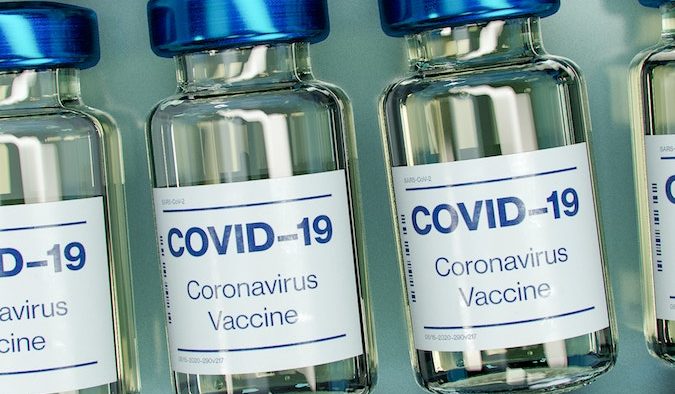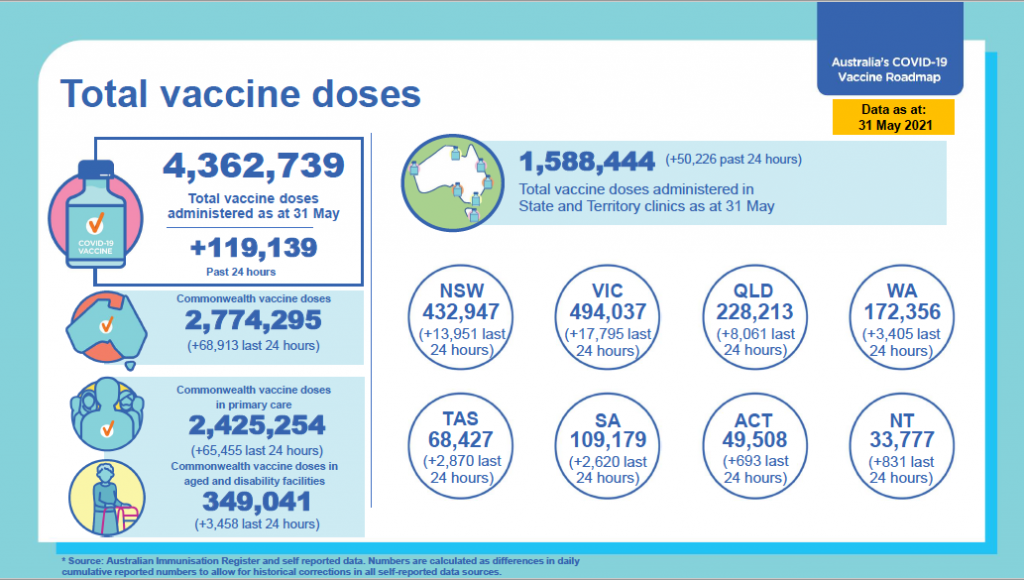Can an impactful campaign overcome vaccine hesitancy?
Share

It has been reported by the Sydney Morning Herald that advertising agency BMF is set to launch a new vaccine campaign in July, encouraging people under 40 to get the jab. So Marketing asks the experts: Can an impactful campaign reassure Australians and overcome vaccine hesitancy?
By now many of us have seen the first stage of the Government’s $23.9 million campaign to roll out the COVID-19 vaccination program for people 50 years and over and frontline workers. With some public condemnation on the sluggish rollout of the vaccine, there has been heat on the Morrison Government, particularly with Victoria in another lockdown.
In response, there has been a commitment of a further $6.7 million over two years to boost the national advertising campaign to promote COVID-19 vaccine take-up in the budget, as well as $11.2 million to continue the remote response to COVID-19 to support regional and remote Indigenous communities throughout Australia.
With some satirists naming the Prime Minister ‘Scotty from Marketing’ (due to his former role with Tourism Australia) it seems only fitting to evaluate the marketing campaigns so far and consider what might be a strong marketing strategy moving forward, particularly when it comes to vaccine hesitancy from some.
It is interesting to note that one private company so far has even had a go at creating its own motivational vaccine campaigns, with Channel 9 releasing an ad featuring some well-known public faces but being criticised by some for a lack of diversity.
This is our shot. #GetVaccinated pic.twitter.com/z8uF6Vrdch
— Channel9 (@Channel9) May 31, 2021
It is important to acknowledge that campaigns aside, there are a multitude of variables that impact vaccine rollouts that great marketing alone cannot solve.
Con Stavros, an associate professor at RMIT University, believes that the key barrier to overcome is funnelling people to appropriate access points. Therefore, as a primary response we need to see widespread observability in order to dismiss any barriers to participation.
“While an integrated campaign, if well targeted, can be helpful, the success of the rollout will be squarely on vaccine availability rather than any specific message at this point. In effect it is an issue more about marketing overall, rather than just communication. Unfortunately, the general public can confuse messaging as marketing, thus impelling a communication response in instances when a broader marketing approach is needed,” says professor Stavros.
“While I am not sure a general communications campaign at this point will make significant differences to behaviour, campaigns down the track might help if targeted to groups who are identified as being hesitant. Messaging can then address their specific concerns and should do so in a positive and inclusive way.”
By this, Stavros means steering away from any fear based marketing and instead tapping into simple behavioural motivation principles “where consumers need to be given a reason to take action”. The best way to do this is to focus on positive messaging that priortises self-interest.
The original or first phase of the vaccine campaign focused on the safety and efficacy of vaccines. The videos from the Australian Government Department of Health were formal, featuring mostly doctors and health professionals providing a direct educational message to the camera. Senior lecturer in marketing at Macquarie Business School Dr Abas Mirzaei says these types of videos fail to connect emotionally with an audience and a similar approach would likely not work with under 40s.
“COVID-19 has created lots of pain points in people’s lives, has caused major life disruptions, social life and professional life. Weddings have been cancelled, parties, and concerts have been cancelled, gatherings are limited, job opportunities have been badly affected. These are the things that a campaign targeting young people needs to focus on,” says Dr Mirzaei.
When it comes to great campaigns, instead of taking a passive approach, Dr Mirzaei says the Government and ad agencies should share Australian stories and engage people with national objectives. “Set objectives, 100,000 vax per week, or 5000 vax per week, something doable, get vaccinated, and post it on social media, using different hashtags – let peers encourage and inspire peers,” he says.
One approach would be to run an emotional personal story about how COVID-19 has affected a person and then offer a solution, or what Dr Mirzaei calls “triggering the network effect”. Ads could feature “a variety of authentic micro and meso, and perhaps macro (to a lesser degree) celebs and even general public” to share their stories of vaccination and motivate others in the community to do the same.
With so many variables and potential approaches, the question is, how will BMF handle the campaign aimed at under 40s and could a different approach make a difference? In July we will find out.
Con Stavros is the associate professor in Marketing at RMIT University.
Dr Abas Mirzaei is a senior lecturer in marketing at Macquarie Business School.
Photo by Daniel Schludi on Unsplash.















